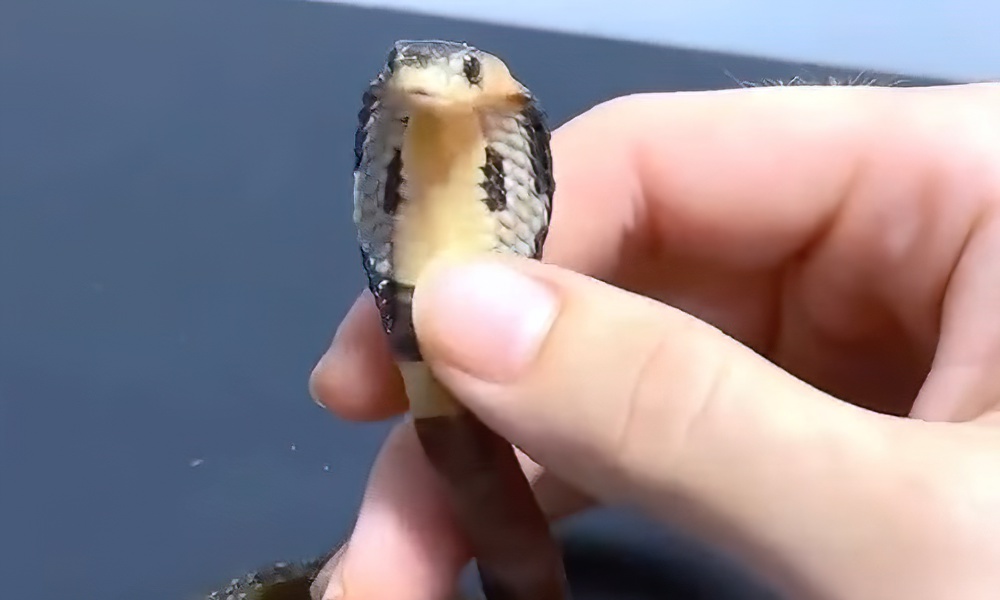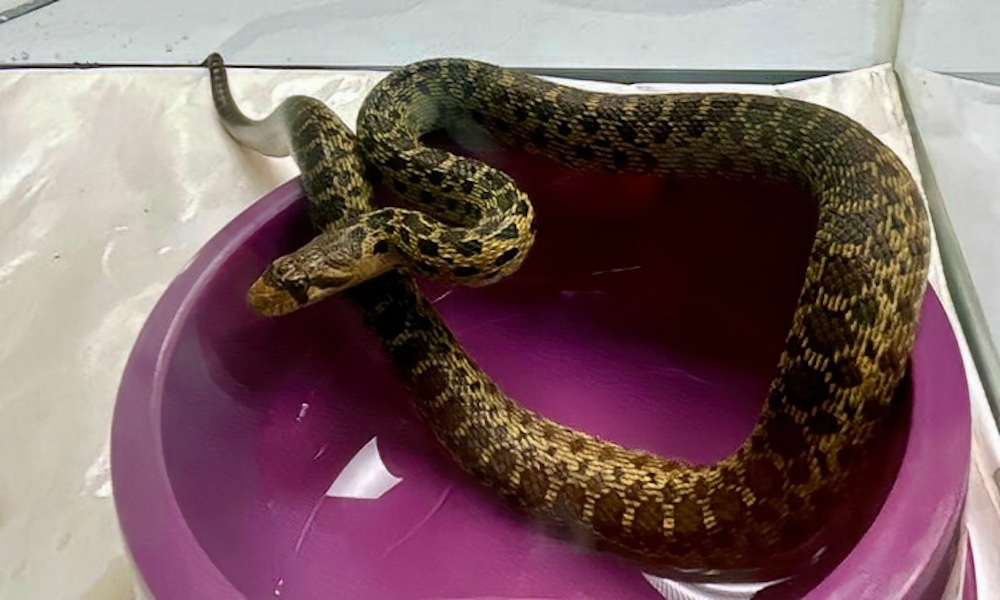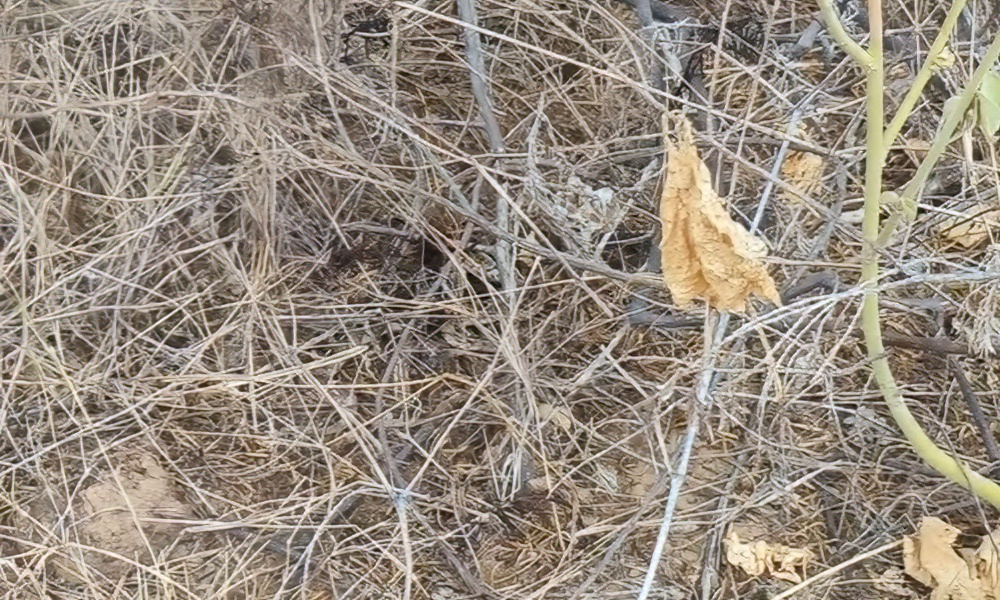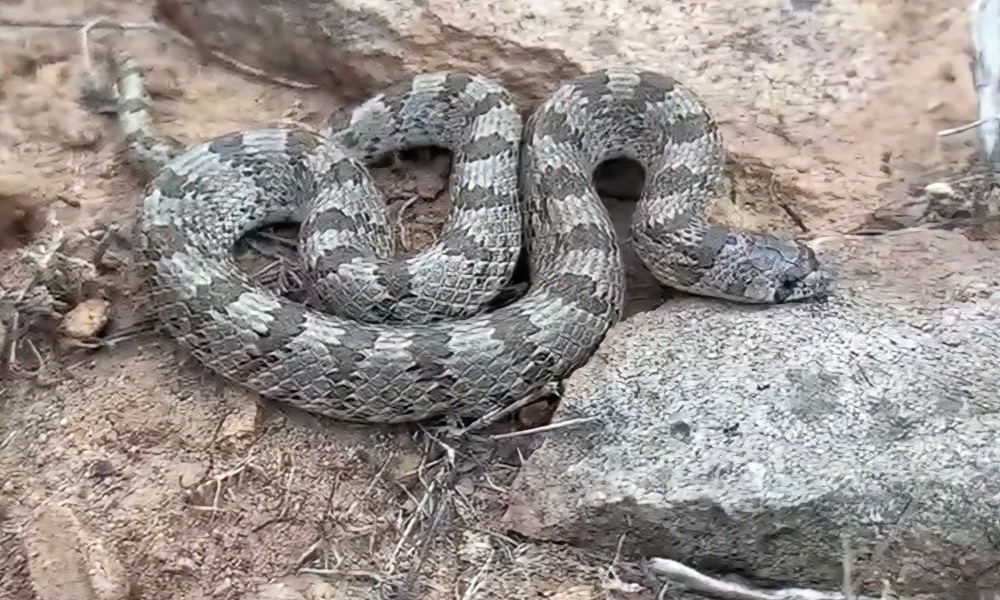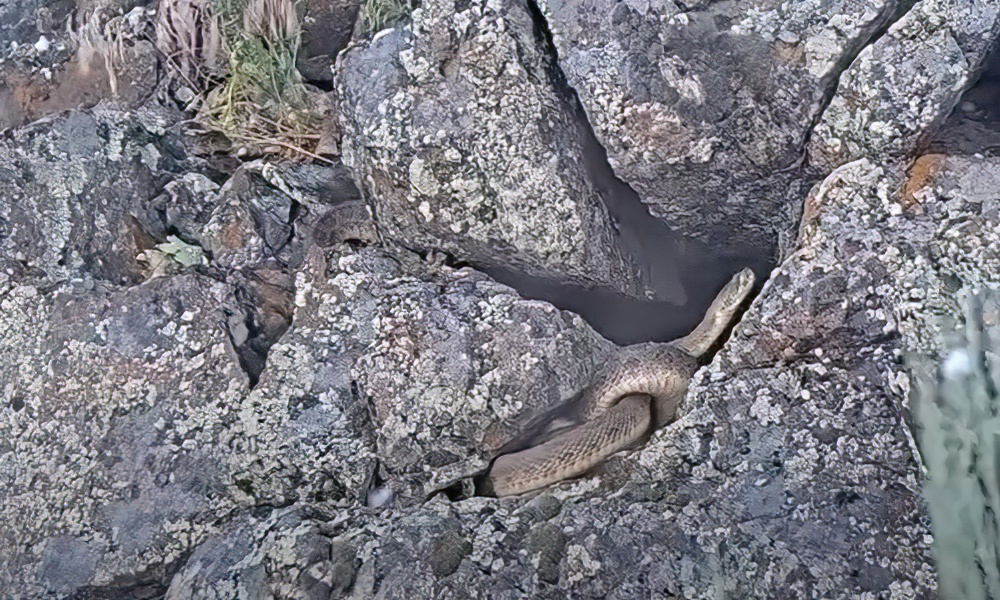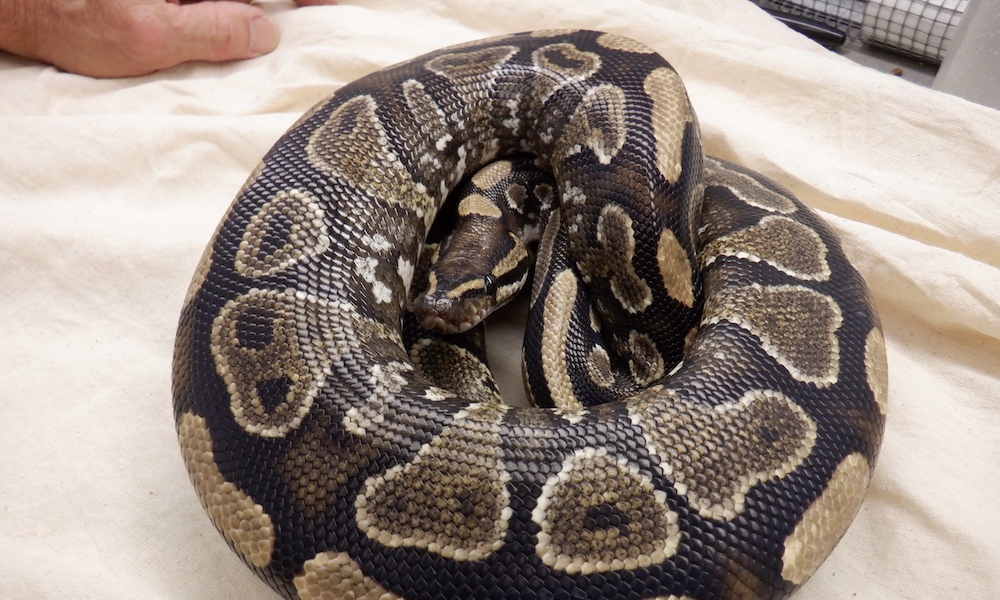Footage showing a person handling a baby cobra – and the reptile flaring its head defensively – has generated varied reactions.
The footage (posted below) was shared via Instagram recently by World of Snakes. The post’s author, David Frohlich, stated: “This is dangerous. Don’t try this.”
The footage shows the handler petting and even picking up the cobra, and the cobra flaring its head in an action that signifies that it feels threatened.
However, the handler is gentle and at no time does the snake appear to bite his hand.
https://www.instagram.com/reel/DCpQZZYtJIK/?utm_source=ig_embed&ig_rid=df2f4c81-2829-434f-bd7a-503a97206dde
Reads a top comment: “That’s actually pretty dangerous, babies don’t know how much venom use when [they] bite, so a single bite can be full of venom and more dangerous than a grown one.”
A sampling of other reactions:
– “So cute but deadly!”
– “In the words of Steve Irwin: What a beauty.”
– “Takes you to the coffin with one kiss.”
– “They are still dangerous and have plenty of venom even if they’re that small. What people do for the sake of getting likes. Wake up people.”
As of Monday morning, the Nov. 21 post had garnered more than 60,000 likes.
World of Snakes has 1.9 million Instagram followers and Frohlich has nearly 90,000 followers. His Instagram motto: “Find what you love and let it kill you.”
